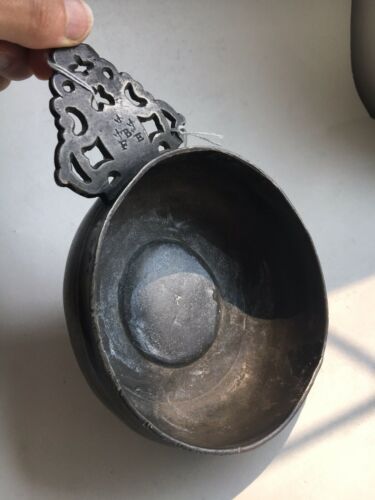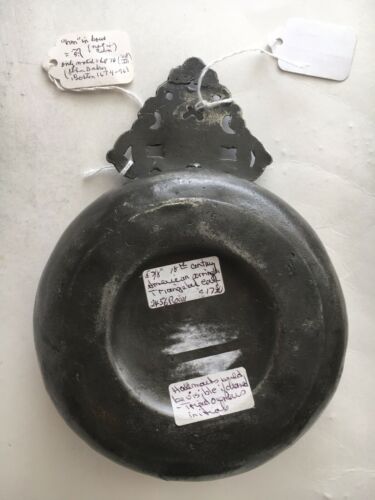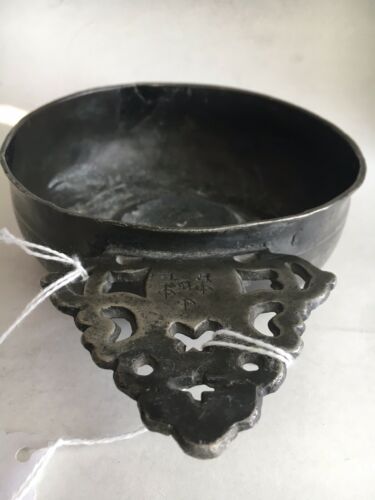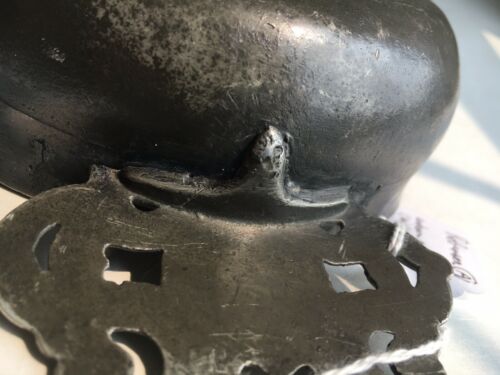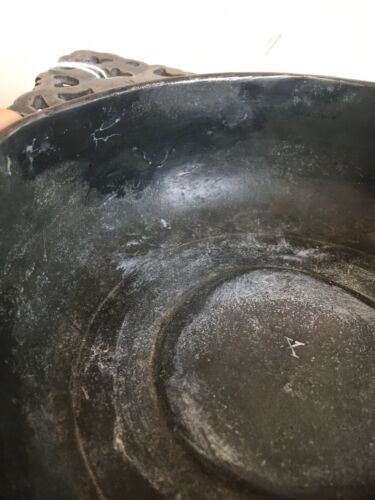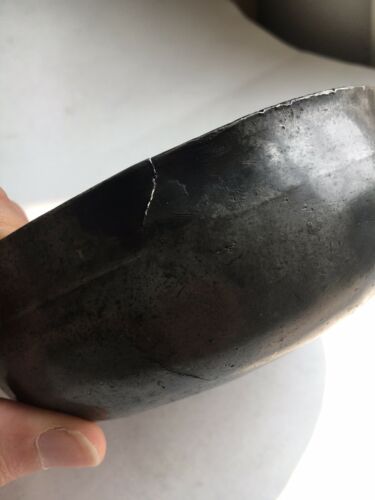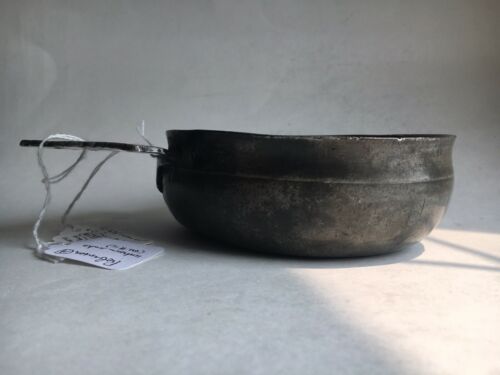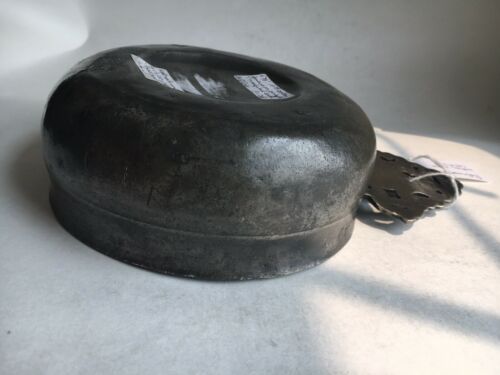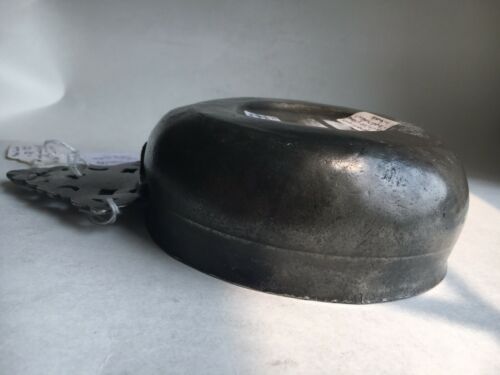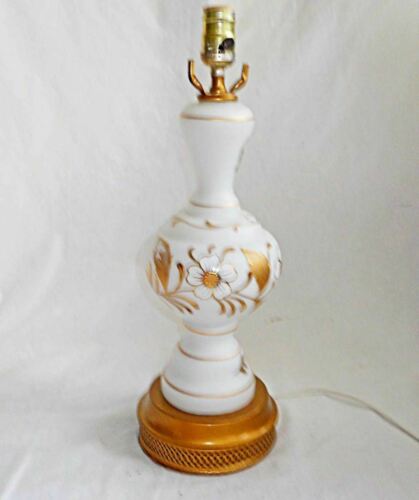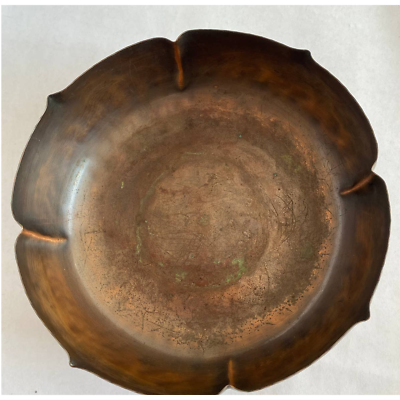-40%
Antique pewter porringer, c. 1695 to 1760
$ 50.16
- Description
- Size Guide
Description
This interesting porringer comes from the collection of Dr. Ian Robinson, who believed it was American, dating from as early as 1685 to no later than about 1760 (owing to the owner's initials in triad form).Referring to a landmark article by Ron Michaelis entitled "English Pewter Porringers, Part I" (published in Apollo, July 1949), my father noted that the ear on this piece was "Michaelis Type 15" while the bowl, guttered and booged, matched Michaelis' Type VIIc (which Michaelis dated about 1720).
As for the maker, Dad found the ear on this porringer closely resembles those of David Melville and Thomas Byles, as shown in Ledlie Laughlin's Pewter in America Its Makers and Their Marks, Vol., III (numbers 709 and 710). According to Laughlin, Byles worked in both Newport RI and Philadelphia from 1710 to 1771 while Melville worked in Newport from 1775 to 1793. Another example by Melville is shown in An American Pewter Collection by Melvin and Bette Wolf, who say Melville worked from *1755* to 1793 (see #580).
In addition to Melville and Byles, Dad also speculated that the porringer might have been made by John Will Jr., or possibly John Baker of Boston. With regard to Will, Dad referenced an article by Richard Bowen in the PCCA Bulletin, volume 11, May 1994, page 29, figure 1. As for Baker, Dad thought he was able to make out a partial hallmark in the bowl with the letter B, possibly corresponding to #876 in Laughlin, vol., III. I can't see this B.
The porringer's linguiform-type bracket is what led my father to believe the piece is American.
However, according to a lengthy article by Peter Hayward and Mike Marsden (in Journal of the Pewter Society, Spring 2016, available online), the authors write that while linguiform brackets are "more common in America", some are found on English pieces as well (see page 11). The ear on this piece corresponds to what Hayward and Marsden call a geometric cartouche (see page 13).
This porringer weighs about 10.7 ounces and measures about 5.5 inches from left to right but about 5 and 1/8 inches from top to bottom. Including the handle, the total length is about 7.5 inches.The handle has been re-attached and there are some repairs to the rim, including one where a crack has opened up a bit. Still, despite the flaws -- which I've tried to show in the photos -- this is a fascinating piece.
